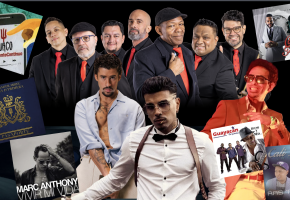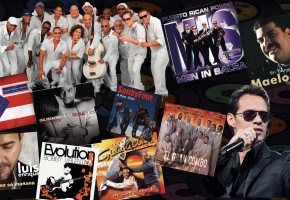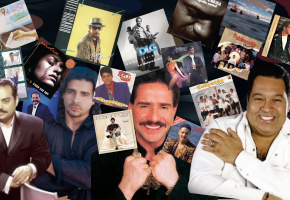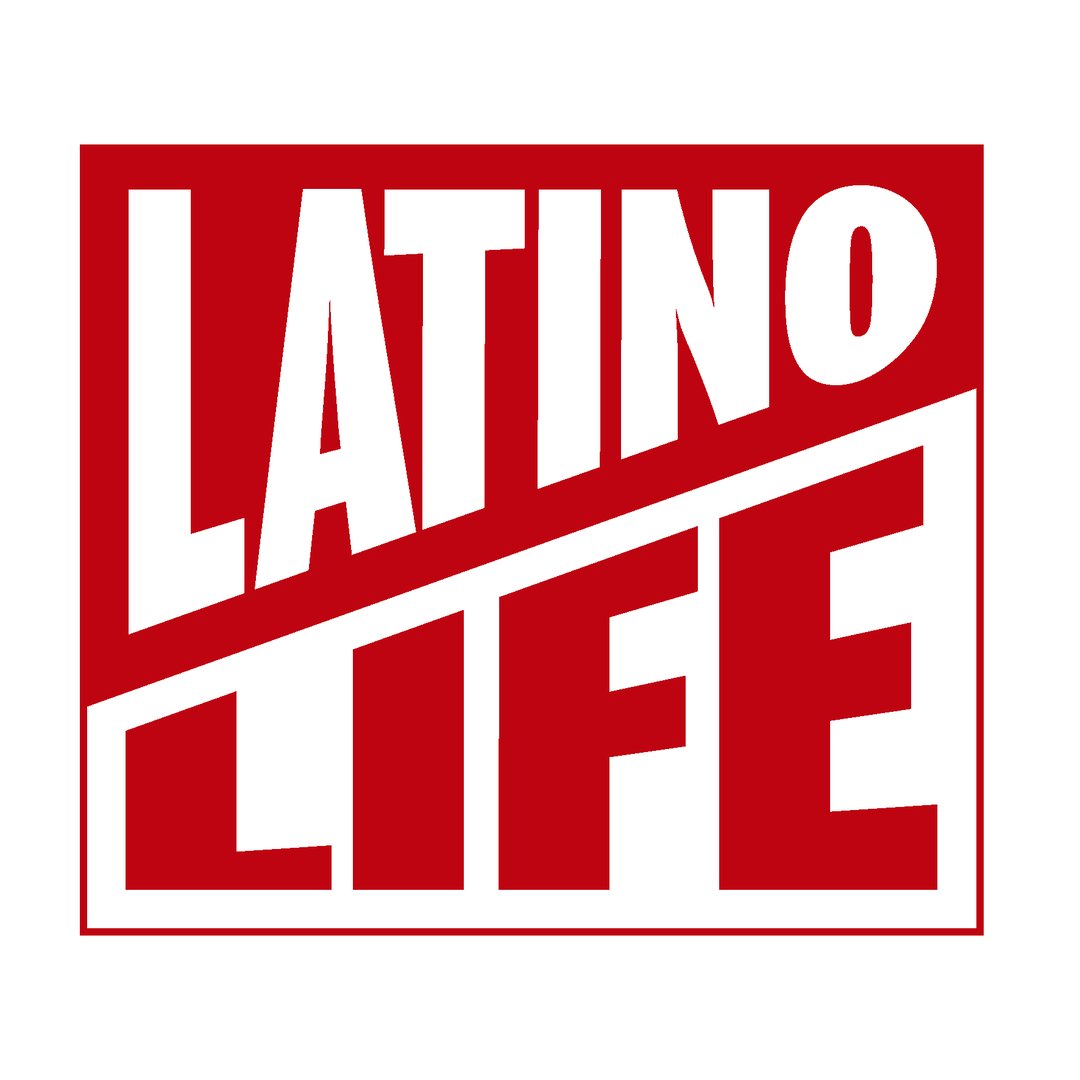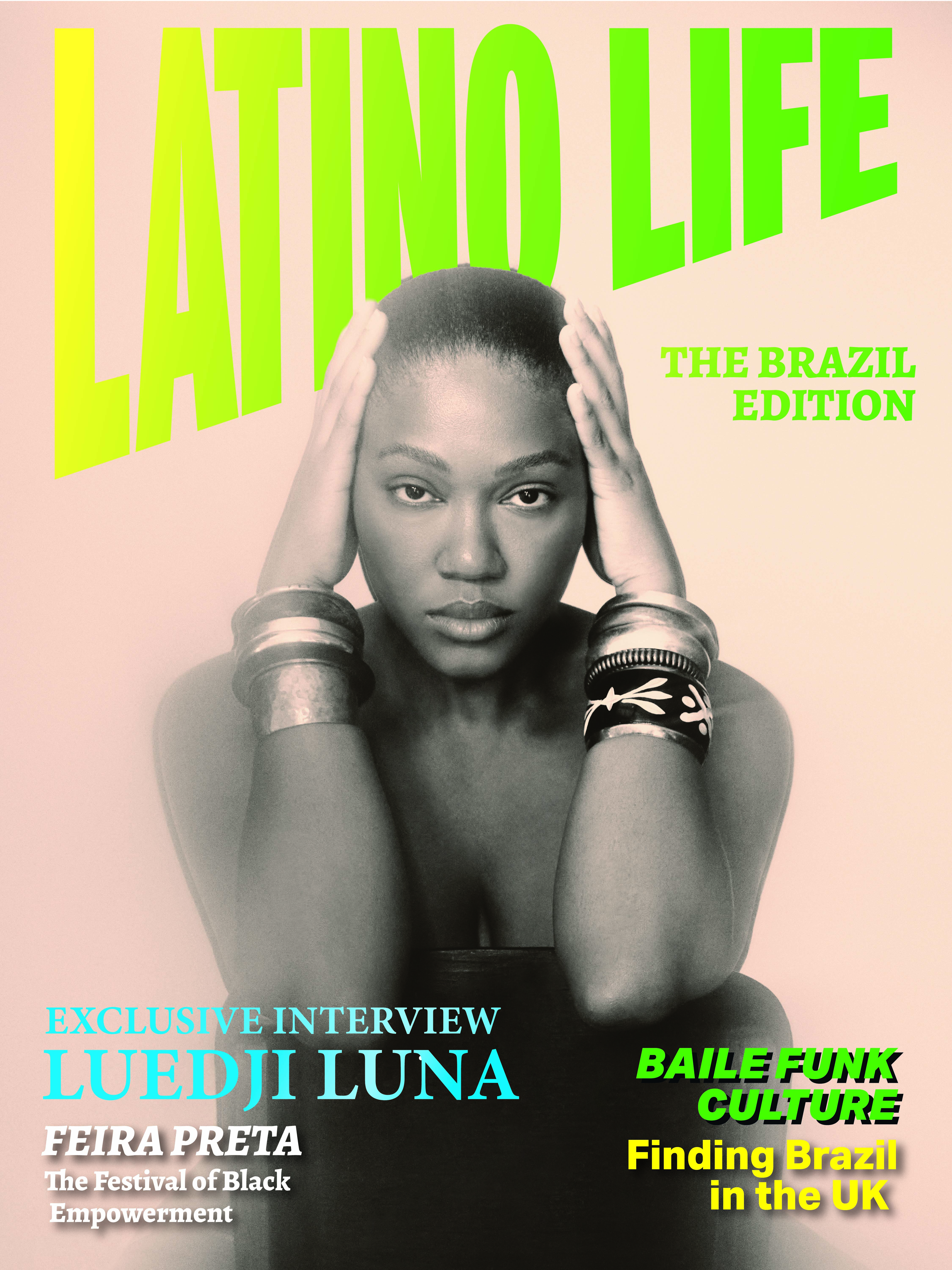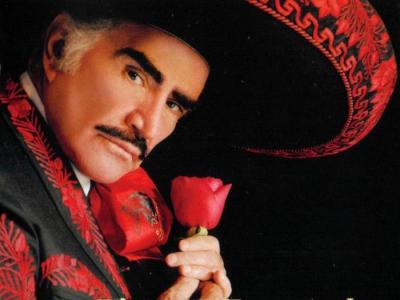For most people growing up in Latin America, the word Latin or Latino may not mean much; It is only when Latin Americans leave their continent and relate to their new environments, that they find more in common with each other. It could be through language, perhaps, or a more intangible ‘way of looking at the world’. More than anything, it is often music that brings us together.
When a Venezuelan bonds with someone from Colombia, Peru or even Chile, it is more likely to be over Hector Lavoe, Oscar de Leon, or Los Van Van than any politician or cultural idol. That thing that brings us together is called Salsa, a music that has probably touched every communal space, pub or bar, in every town in the world. Yet it was outside Latin America, in New York where this music gave birth to a ‘Latin nation’.
Johnny Pacheco, veteran of the New York Mambo and Charanga scene, and Jerry Masucci, his attorney and business brain, were the unlikely couple who in 1964 started a music label out of the boot of their cars. Signing young immigrant talent from Latin America, they took their music to the world and called it salsa. Within ten years Fania would dominate not just Latin culture in the US, but across the globe, including much of Latin America.

Among Fani’s roster were well established artists such as Ray Barreto and Larry Harlow, but it was a little teenager called Willie Colón and his sidekick Hector Lavoe who would become the first global Fania stars.
In 1972, a low budget documentary produced by Masucci called Our Latin Thing, became an instant hit in the States. Portraying the reality of the Latino community in New York’s barrios and including interviews with Fania musicians and footage of the first ever Fania All Stars concert at the Cheetah Club on August 26th, it documented the beginnings of a musical movement. The two Puerto Ricans it featured, Hector Lavoe on vocals and Colón on Trombone, went on to sell millions of records across the world.
In the next decade, other artists such as Ismael Miranda and the Cheo Feliciano also achieved tremendous success. Fania’s well-oiled marketing machine would make global stars of Puerto Rican, Cuban, Dominican, even Argentine musicians, from Tito Puente and Celia Cruz to El Gato Barbieri. They produced hits, made films and toured around Latin America and the world.
Fania artists presented a style, musicality, authenticity and message that was hugely appealing to Latinos both in the US and Latin America. Pivotal to this universal appeal was Panamanian singer-songwriter Ruben Blades, who was to become one of Fania’s most marketable and profitable products. A white, middle class law graduate with looks to match, Blades was able to transcend the Latin class barrier, but his bold, uncompromising lyrics spoke of a common experience that spoke to all Latinos.
Through Blades’ poetry, a youngster from Cali could connect to the Latino kid from the Bronx as much as his neighbour, feeling part of a wider Latin consciousness. Blades’ album Siembra was to become Fania’s best selling album of all time, the songs Pedro Navaja and Plastico, became anthems for Latinos around the world.
As with any many successful record lables, Fania was not without its problems. Blades would be the first to cut the umbilical cord, due to royalties issues and after him many followed. Latino music was never the same, but the Fania legacy was already set in stone.
In an era where there was just as much racism towards Latinos as towards blacks in the US, Fania made being Latin American or ‘Latino’ cool. It brought together the Boogaloo, the Guaracha and the Mambo and packaged them under one brand, and that brand was cooler that the sums of its parts.
Masucci’s business acumen and Pacheco’s ear for musical trends brought together a generation of iconic musicians: Celia Cruz, Hector Lavoe, Cheo Feliciano, Ray Barreto, Willie Colon, Ruben Blades, Ismael Miranda and Hector Lavoe. The perceived success of their music had a transformative social impact, empowering a disenfranchised community. Salsa, the term that was by then used to described all things latin became , the music of the masses and seminal albums such as Siembra, with its strong message of solidarity, had an influence in forming ‘The Latin Nation’.
The legacy of Fania is both broad and wide, it’s impact and influence stretching from the north of America to the southern tip of Chile, and has remained a source of inspiration for generations of Latin artists since.



